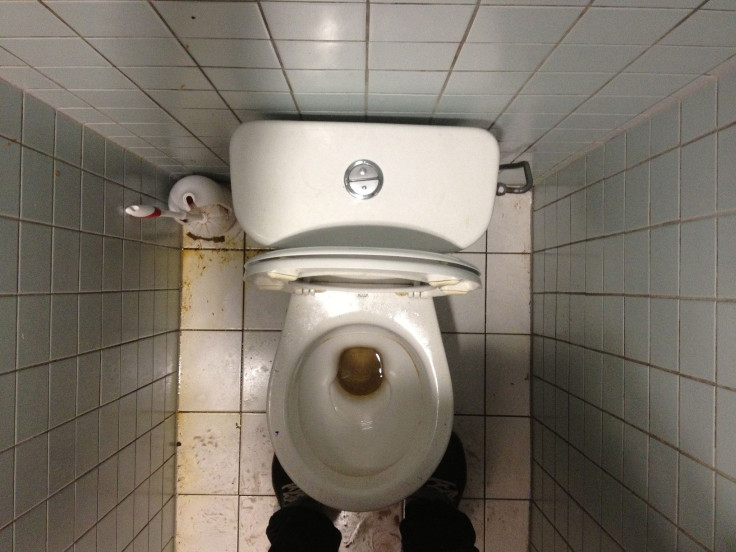Bathrooms Are Cleaner Than You Might Think, As Most Germs Get Transferred Through Touch

Damp floors and messy toilet seats are probably the least of your worries when it comes to bathroom bacteria, as a new study finds restrooms are at their germiest simply when more people are using them.
Similar to the experiments you’d run in middle school biology class, researchers from the University of Chicago and San Diego State University tracked bacteria growth over an eight-week period, swabbing down various surfaces in the bathroom such as soap dispensers, toilet seats, and the floor. Ultimately, they found the surfaces to be no more contaminated than surfaces around the average person’s home, despite the restroom’s reputation as a bacterial breeding ground.
After sterilizing the various surfaces, scientists tracked the hourly, daily, and weekly progression of certain bacteria. They noticed distinct trends according to both the type of bacteria and their location. For instance, methicillin-resistant Staphylococcus aureus (MRSA), a potentially fatal strain of bacteria, was found in significant concentrations on the floor. But, according to co-author and microbial ecologist at the University of Chicago, Professor Jack Gilbert, “the predominant Staph organisms didn't harbor those genes, so MRSA may be there but it is very rare.”
This difference, Gilbert says, can serve as a good indicator for which surfaces are actually harmful. “A key criterion of healthy or unhealthy might be the presence or relative abundance of pathogens,” he said in a statement. Floors, for instance, tended to show a rapid decline in the bacteria phyla Firmicutes and Bacteroidetes, both of which get widely distributed through the environment — say, on the bottom of people’s shoes or on the surface of their clothes. Other forms declined in a matter of hours.
Gilbert found that 68 to 98 percent of bacteria cultures were related to skin and the outdoors. At most 15 percent were the result of fecal bacteria. And many of the common viruses associated with bacteria presence were found in “unexpectedly low” concentrations, “suggesting that bacterial hosts are mostly dormant on [built environment] surfaces,” the researchers wrote in their study abstract.
Admittedly, some of the least contaminated surfaces are the ones people use the most. This is generally because people take the precaution of wiping down a toilet seat before using it, and the added sterilization by the janitorial staff at the end of the day. It’s the surfaces everyone uses without thinking that tend to be the germiest, such as the door knob, which everyone uses but not always after washing their hands.
Another component is stability. In Gilbert’s study, the bacteria passed around from the toilet tended to die rather quickly. “We hypothesized that while enteric bacteria would be dispersed rapidly due to toilet flushing, they would not survive long, as most are not good competitors in cold, dry, oxygen-rich environments,” he said. “As such, we expected the skin microbes to take over, which is exactly what we found.”
What this boils down to is a room not-so-germy on its own, when used for its intended purpose, but made all the more disgusting when we track other bacteria in from the outside. So while many public restrooms have shifted to hands-free dispensers for soap, water, and paper towels, research suggests the damage may already be done, just not to the extent we normally fear.
Source: Gibbons S, Schwartz T, Fouquier J, et al. Ecological succession and viability of human-associated microbiota on restroom surfaces. Applied and Environmental Microbiology. 2014.



























